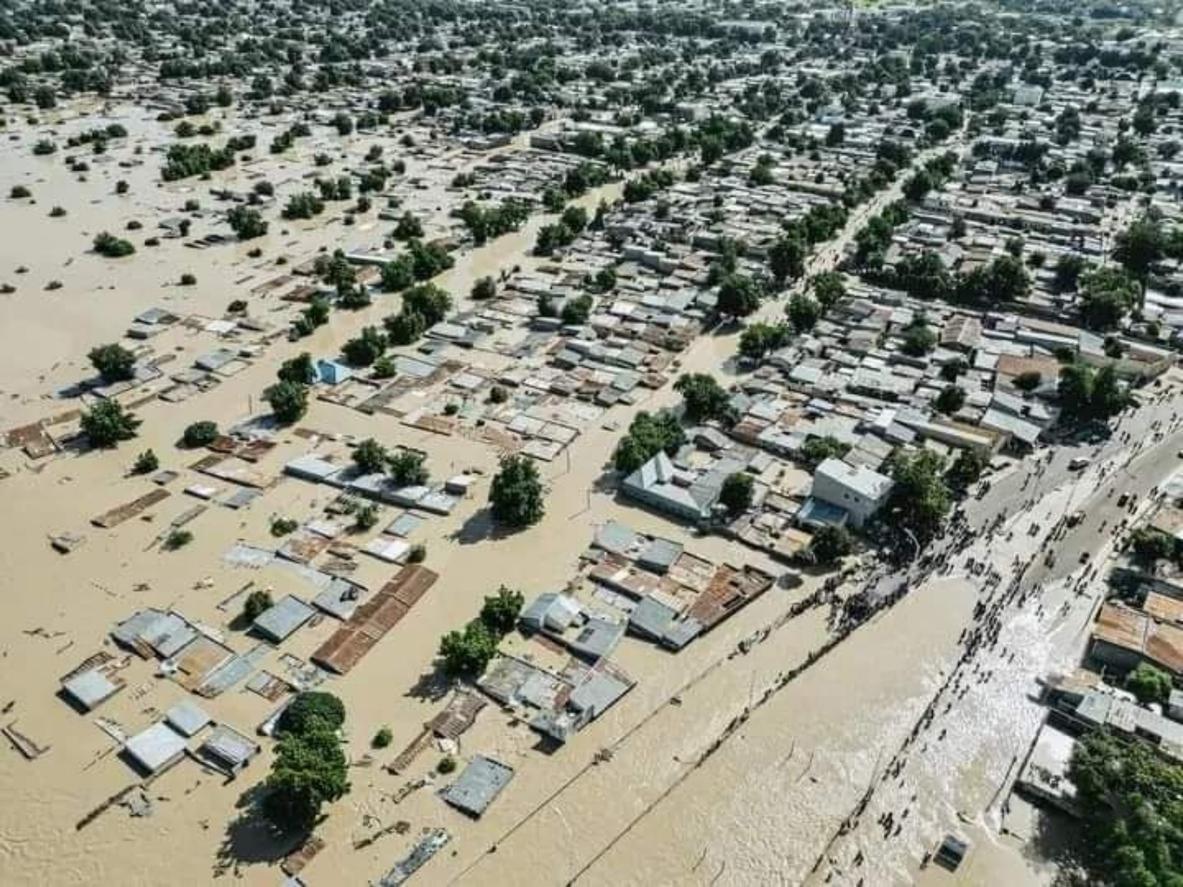At a time when the fumes Canadian mega-fires reach France and where, due to climate change, the risks offires increase mechanically everywhere on the planet, a fundamental question arises: what do we risk when we inhale them?
Watch out for fine particles
Carbon monoxide and dioxide, nitrogen oxides, various organic compounds and fine particles: the smoke from forest fires is saturated with elements that are potentially harmful to health. Their fine particles, in particular, would be particularly harmful. More, in any case, than those from other sources, as an American study tends to demonstrate. Moreover, some of these substances would be, according to the Canadian specialist Scott Weichenthal, likely to pollute the environment in the long term… and therefore to continue to do damage.
Beyond burnspopulations directly exposed to fires may be victims of inflammation of the trachea and lungs leading to a cough and difficulties respiratory. But that’s not all: fumes can also cause abrasions of corneaproblems digestive or headaches… not to mention asthma attacks and other reactions allergic (smokes being loaded with pollen and plant elements) from which sensitized persons may suffer!
In short, these fumes mean you no good, and we are only talking about the most benign consequences for the moment…
Potentially carcinogenic fumes?
“We don’t know much about the long-term effects of wildfires” explained Scott Weichenthal last year to the New York Times. “Until recently, fires have been studied as one-time disasters and we don’t understand how large and sometimes recurring short-term exposures to smoke can affect health. »
What scientists do know, however, is that fine smoke particles can make problems worse. cardiac pre-existing. But they can also contain heavy metals such as lead and arsenic or products such as benzene and formaldehyde, which are found… in cigarette smoke. which, as you know, is strongly carcinogenic.
A study by Dr. Weichenthal’s team, published in the journal The Lancet in 2022, reveals that anyone who has lived within a radius of about 50km around the source of a forest fire sees their risk of contracting a lung cancer increase by 5% (and that of developing a brain tumor by 10%).
According to Doctor Kari Nadeau, also contacted by the New York Times, “There is now enough evidence for us to close our eyes. » So let’s not.
















